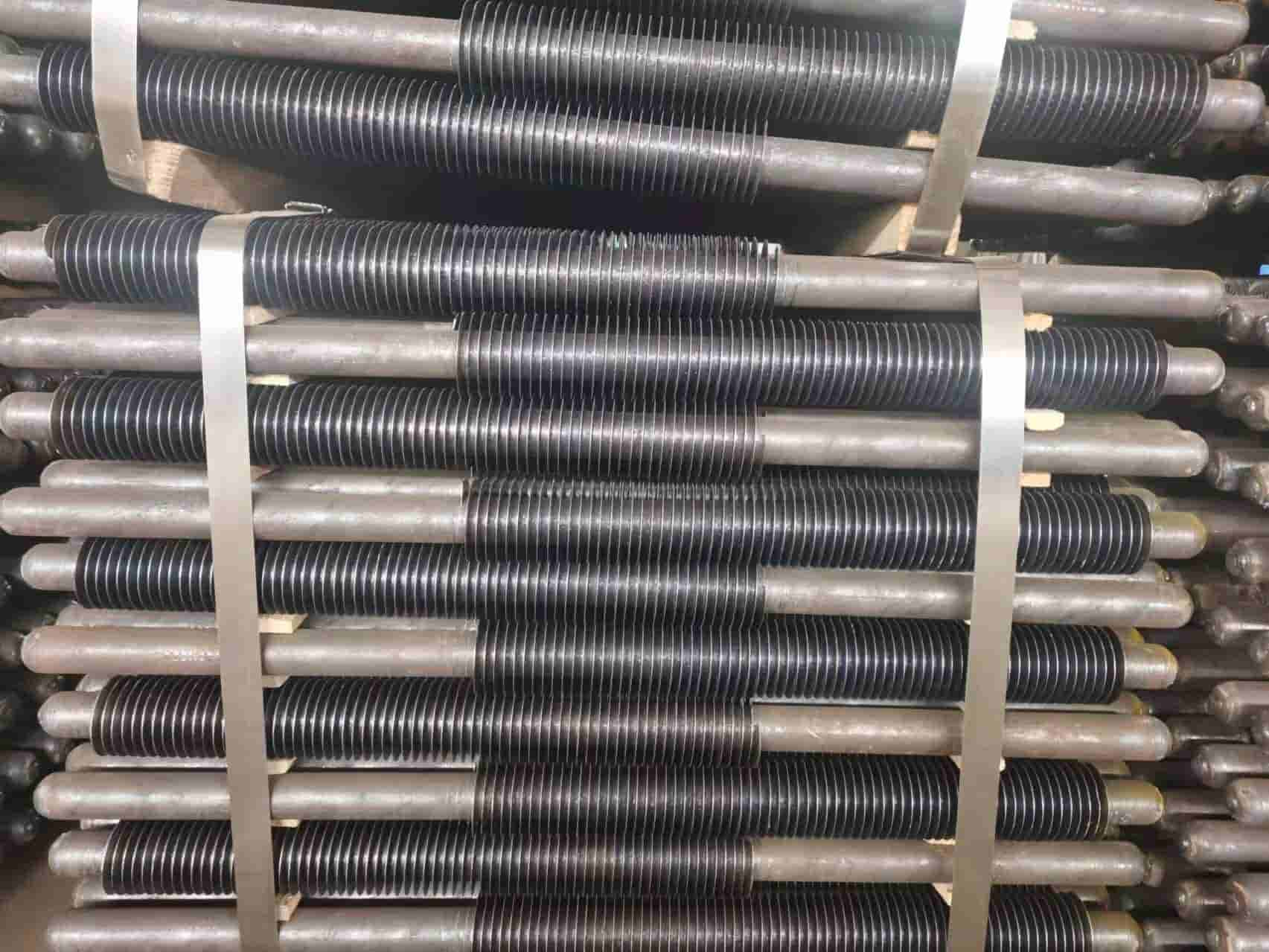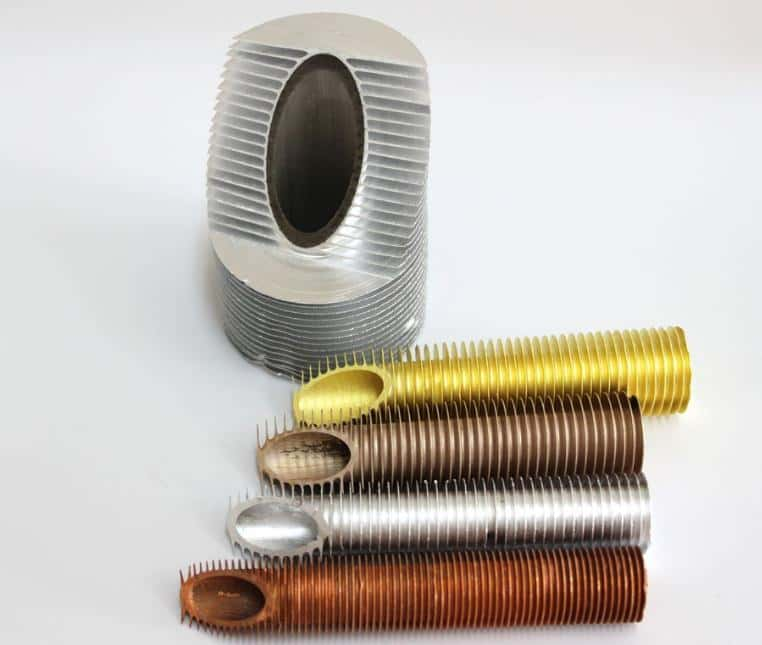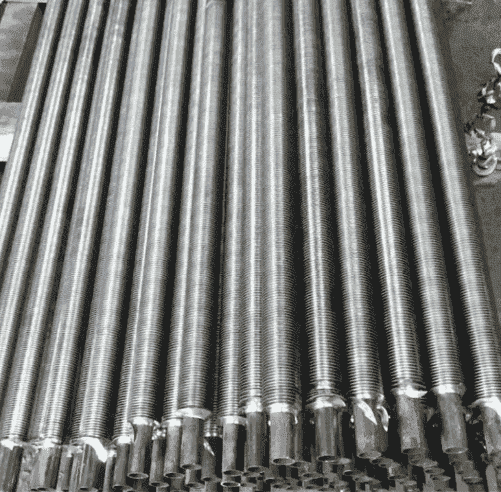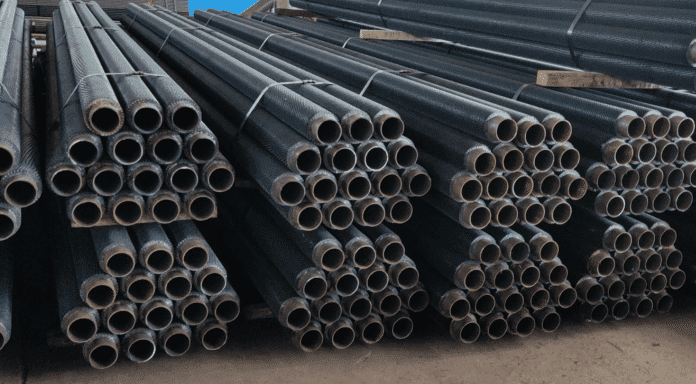Efficient heat recovery is a paramount concern for industries aiming to optimize energy consumption and reduce environmental impact.
In this article, we delve into the innovative utilization of finned tubes in heat recovery strategies within industrial processes, highlighting their immense potential in enhancing sustainability and operational efficiency.

The Imperative of Heat Recovery
Industrial processes generate copious amounts of heat as a byproduct, often dissipating it into the environment.
This represents a missed opportunity, as this waste heat can be harnessed for beneficial purposes, such as preheating fluids or generating power.
Heat recovery strategies play a pivotal role in transforming this excess heat into a valuable resource.
Finned Tubes: Revolutionizing Heat Recovery
Finned tubes have emerged as a game-changer in heat recovery initiatives due to their unique design and exceptional heat transfer capabilities.

Here’s how they are revolutionizing industrial heat recovery:
- Enhanced Heat Exchange Surface: Finned tubes boast significantly increased surface areas, which translates to more efficient heat transfer. This feature is crucial for maximizing the recovery of waste heat.
- Versatility: Finned tubes are adaptable to various industrial processes and applications, making them an ideal choice for diverse sectors, from manufacturing to power generation.
- Temperature Gradients: The efficiency of heat recovery often relies on maintaining temperature gradients. Finned tubes facilitate this by promoting better heat exchange between fluids with varying temperatures.
- Reduced Energy Consumption: By effectively utilizing waste heat, industries can reduce their reliance on additional energy sources, leading to substantial energy savings and lowered greenhouse gas emissions.

Strategic Implementation in Industries
- Manufacturing: Finned tubes can recover heat from high-temperature exhaust gases in manufacturing processes, preheating incoming air or fluids. This approach not only conserves energy but also enhances the overall efficiency of the process.
- Power Generation: In power plants, finned tubes can capture waste heat from exhaust gases to produce steam, driving turbines and generating additional electricity.
- Chemical Processing: Heat recovery using finned tubes is particularly beneficial in chemical plants, where temperature-sensitive reactions require precise control. Recovered heat can preheat reactants, enhancing reaction rates.
- Refineries: The vast energy demands of refineries can be alleviated by employing finned tubes to recover heat from various processes, subsequently reducing operational costs.

Benefits and Future Prospects
- Sustainability: By incorporating finned tubes into heat recovery strategies, industries can significantly reduce their carbon footprint and contribute to sustainable practices.
- Cost Savings: Heat recovery translates to reduced energy consumption, directly impacting operational costs and bolstering the financial bottom line.
- Regulatory Compliance: The utilization of waste heat aligns with stringent environmental regulations, ensuring industries adhere to emission reduction targets.
- Technological Advancements: Ongoing research is enhancing the design and efficiency of finned tubes, promising even more robust heat recovery solutions in the future.

Conclusion
Incorporating finned tubes into heat recovery strategies represents a pioneering approach in harnessing the latent potential of waste heat generated by industrial processes.
As industries increasingly prioritize sustainability and resource optimization, these innovative solutions pave the way for a more efficient and eco-friendly industrial landscape.
By turning waste heat into a valuable asset, finned tubes are redefining the concept of industrial heat recovery and contributing to a more sustainable future.
